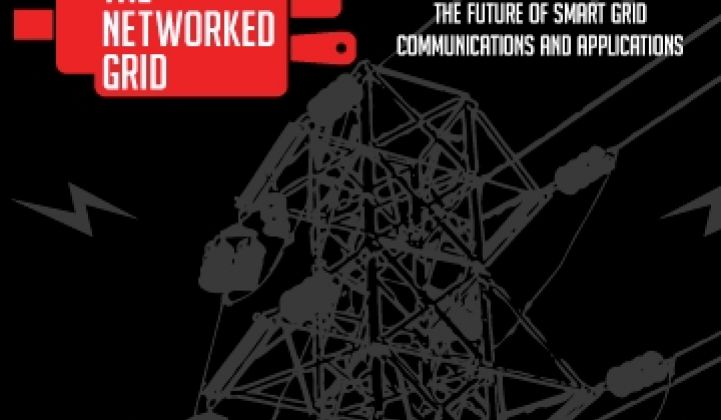Utilities really have no choice but to invest in energy storage. But what will prove the cheapest option?
It depends on how much you are trying to store and for how long.
If you are a utility and you need persistent, long-term storage, good old pump hydro technology remains one of the cheapest. The cost to store energy at a pump hydro facility is about $3 million per megawatt, said Ed Cazalet, co-founder of MegaWatt Storage Farms and a former board member of the California Independent System Operator, at Greentech Media's The Networked Grid conference on Thursday.
A pump hydro facility sends water from a lower reservoir to an upper reservoir during off-peak hours for storage. It then lets it tumble down through turbines to generate electricity when needed, usually during peak demand.
Cazalet estimates that California will need 4 gigawatts of persistent storage to meet its "33 percent by 2020" renewable mandate. (Storage gets measured in capacity.)
Using sodium sulfur batteries would cost about the same, though they would afford only about six hours of storage, Cazalet said.
Newer technologies, such as lithium-ion batteries, are much more pricey. Lithium ion would cost $1 million per megawatt for 15 minutes of storage, he added.
"That will go down to a third pretty soon," Cazalet said. "There are massive investments in batteries for the automotive industry. That's bound to drive the costs down."
Although lithium-ion is more expensive, it can also deliver power faster. Thus, batteries will likely be one of the dominant technologies for temporary storage – i.e., systems that store and discharge power constantly.
Temporary storage will be used to balance the grid and handle fluctuations of power from distributed solar panels. Sodium sulfur batteries are one of the few technologies that seems to straddle both markets.
Lithium-ion batteries also tend to be efficient. The technology could provide 90 percent efficiency – that means there is only a 10 percent energy loss when electrons move into the battery and when they are retrieved. Others have proposed flow batteries for grid storage as well.
Pump hydro and sodium sulfur batteries, on the other hand, have about 75 percent efficiency.
Another plus: Lithium-ion batteries aren't dependent on geography. Pumped hydro storage and large-scale compressed air storage require reservoirs and caves. Some companies have proposed man-made containers for compressed air, but that adds cost.
California has favorable geology for storage in many respects, but utilities must take their caves where they find them, and then tie them into the grid with transmission lines.
Utilities across the United States are signing renewable power purchase agreements or building their own solar or wind farms in order to meet state mandates for using cleaner electricity.
Twenty-nine states and the District of Columbia have such renewable energy mandates.
Solar and wind farms can't produce energy around the clock, unlike fossil fuel power plants and geothermal fields. Geothermal power is considered a clean source of energy, but finding new steam reservoirs is difficult and expensive. A promising technology to engineer reservoirs hasn't proven to be feasible.
Utilities want the ability to manage their supply and demand at a moment's notice. Energy storage would help. It could even be a good substitute for building more transmission lines.
"It's not just the economic but also the necessary reliability investment," Cazalet said. "The cost of batteries will be the deferment of the cost of transmission."
Pacific Gas and Electric has about 1,200 megawatts of pump hydro storage located in California's Fresno County. Building more pump hydro storage is likely to run into strong environmental opposition these days.
PG&E plans to install 4 megawatts of sodium sulfur batteries in San Jose soon, said Hal LaFlash, director of emerging clean technologies at Pacific Gas and Electric Co.
The utility has also applied for a $25 million federal grant to build a 300-megawatt storage in Kern County (see PG&E Wants DOE Dollars for Underground Air Energy Storage). PG&E expects to find out whether it will get the money by the end of the month, LaFlash said.
The proposed facility would mostly store power from wind farms, and do so by using that wind power to compress and pump air into an underground storage. The air can be then let out to run turbines for electricity generation.
Robert Schainker, a senior technical executive at EPRI, meanwhile, says compressed air will ultimately be the cheapest (see What Is the Cheapest Energy Storage Idea of Them All). Compressed air, though, hasn't been as actively developed as pumped hydro. Only a few experimental facilities have been created.



